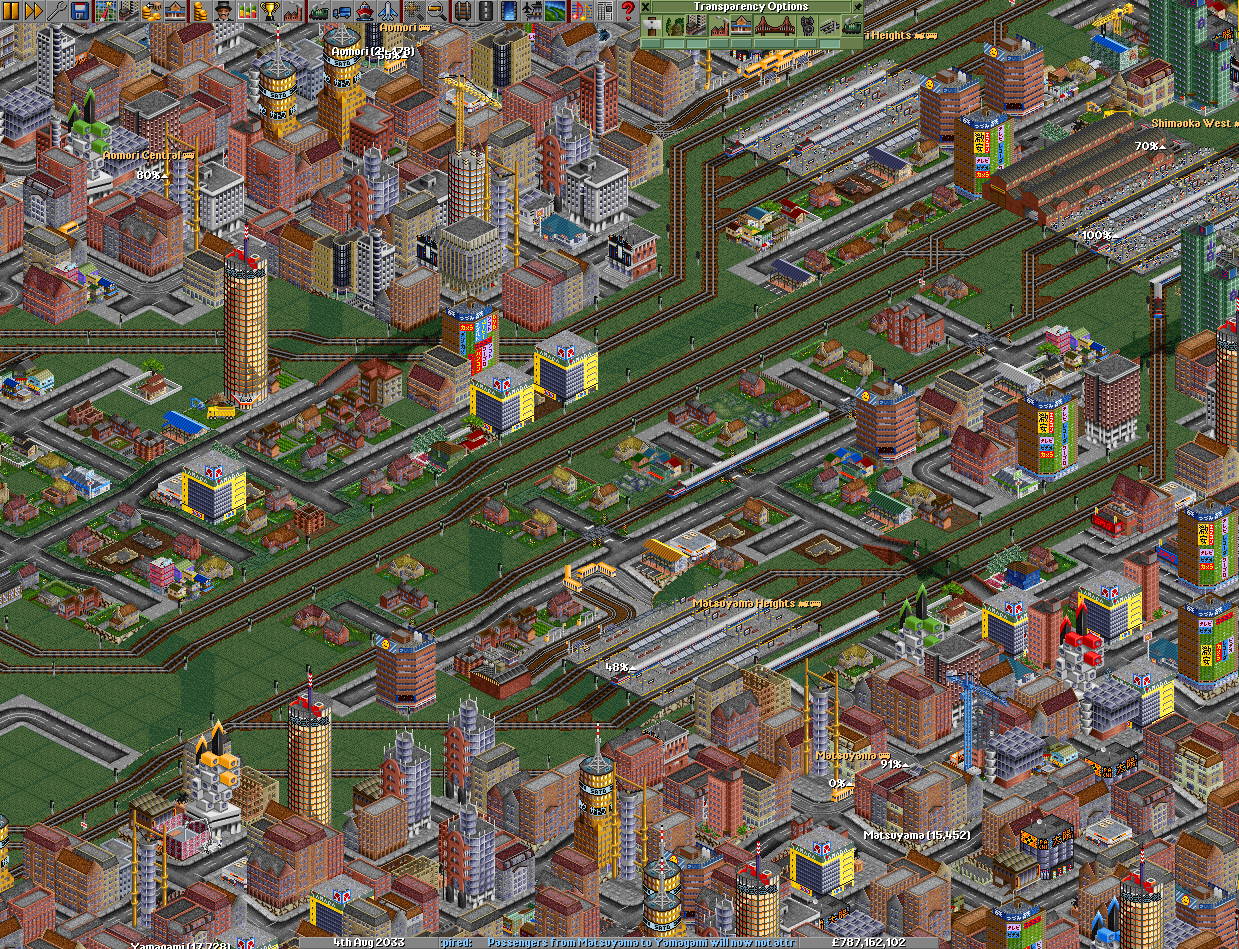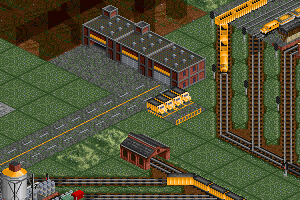


This must be done manually with -p parameter (see here for more details on -p). see openttd for debug optionsīy default docker does not expose the containers on your network. Your user has a group, and it needs to map to the same ID inside the container. If you mount in (-v :) you would need for the user inside the container to have the same ID as your user outside (so that you can save files for example). This is the ID of the user inside the container. Set this when allong with loadgame=true to the value of your save game file-name exit: This will load the exit.sav file located in /autosave/. last-autosave: This will load the last autosaved game located in /autosave folder. savename needs to be the name of the saved game file. true: if true is set you also need to set savename. false: this will just start server and create a new game. To set a new value to an enviroment variable use docker's -e parameter (see for more details) Env These environment variables can be altered to change the behavior of the application inside the container. If you want to your local files accessible to openttd server inside the container you need to mount them inside with -v parameter (see for more details on -v) Environment variables openttd in the users homefolder to store configurations, savefiles and other miscellaneous files. Openttd server is run as this user and subsequently its home folder will be /home/openttd. This image is supplied with a user named openttd.


 0 kommentar(er)
0 kommentar(er)
